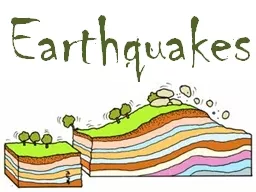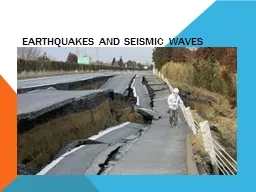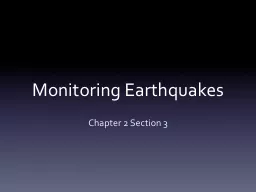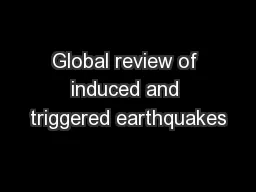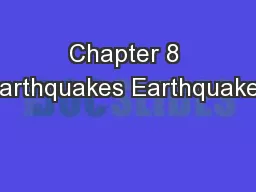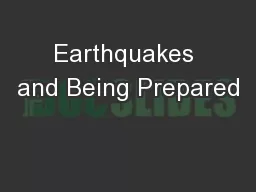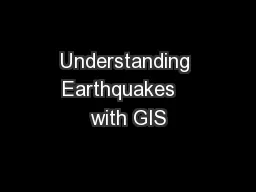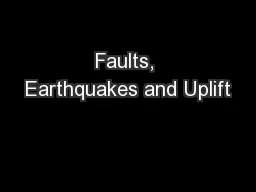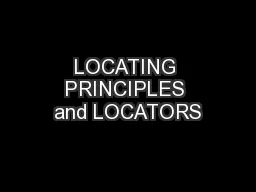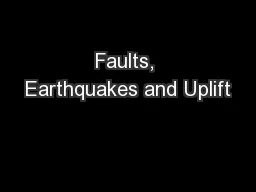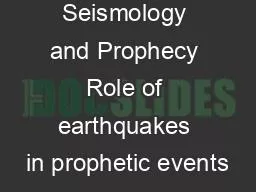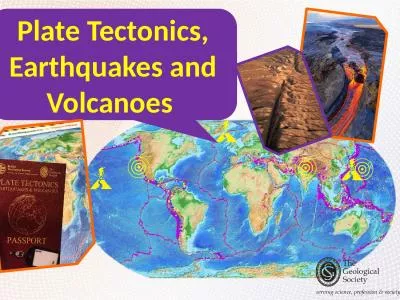PPT-Ch. 19.3 – Measuring and Locating Earthquakes
Author : karlyn-bohler | Published Date : 2017-08-16
Essential Questions What are earthquake magnitude and intensity and how are they measured Why are data from at least three seismic stations needed to locate an
Presentation Embed Code
Download Presentation
Download Presentation The PPT/PDF document "Ch. 19.3 – Measuring and Locating Eart..." is the property of its rightful owner. Permission is granted to download and print the materials on this website for personal, non-commercial use only, and to display it on your personal computer provided you do not modify the materials and that you retain all copyright notices contained in the materials. By downloading content from our website, you accept the terms of this agreement.
Ch. 19.3 – Measuring and Locating Earthquakes: Transcript
Download Rules Of Document
"Ch. 19.3 – Measuring and Locating Earthquakes"The content belongs to its owner. You may download and print it for personal use, without modification, and keep all copyright notices. By downloading, you agree to these terms.
Related Documents


